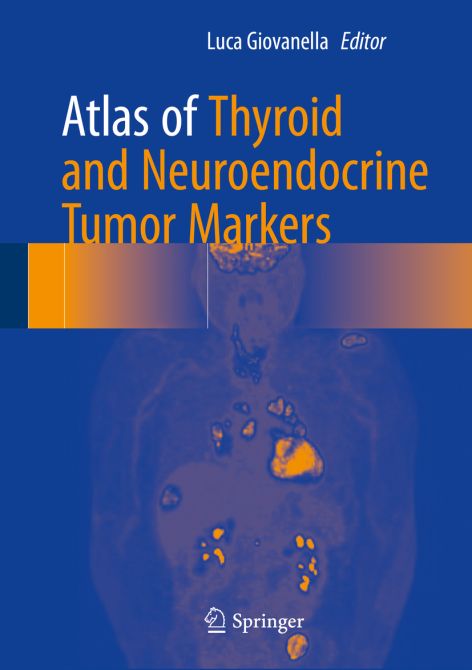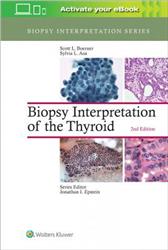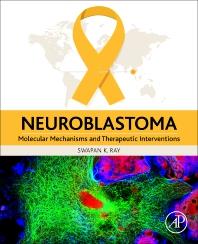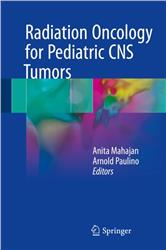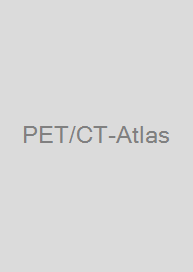Thyroid and Neuroendocrine Tumors Markers (Atlas)
| Auflage | 2018 |
| Seiten | 300 pp., 140 illus. |
| Verlag | Springer |
| ISBN | 9783319625058 |
| Artikel-Nr. | 560498 |
Lieferzeit ca. 5 Werktage
Produktbeschreibung
This book highlights the increase in thyroid tumors and NET and demonstrates the growing importance of circulating markers in diagnosis as well as treatment and follow-up. Dramatic technical improvements have heightened the clinical impact of well-established, conventional biochemical markers. In addition, more recent genetic and molecular approaches have provided innovative molecular markers. In this context, effective communication between clinicians and laboratory physicians/scientists is essential in allowing all those involved to fully profit from these exciting advances. In this comprehensive, up-to-date book, authors from different laboratory and clinical areas link laboratory and clinical topics. Analytical problems such as interferences, false-negative and false-positive results are discussed in depth, and flow-charts offer insights into identifying and avoiding them. Illustrated clinical cases detail the clinical role and limitations of different tumor markers. Lastly, it explores health technology assessment and economic issues.

Bleiben Sie informiert!
Melden Sie sich für den frohberg.de-Newsletter an und nutzen Sie jetzt Ihre Vorteil:- Willkommens-Dankeschön: Beatmungsmaske Rescue Me
- Aktuelle Neuerscheinungen und Empfehlungen
- Exklusive Angebote und Kongress-Highlights
